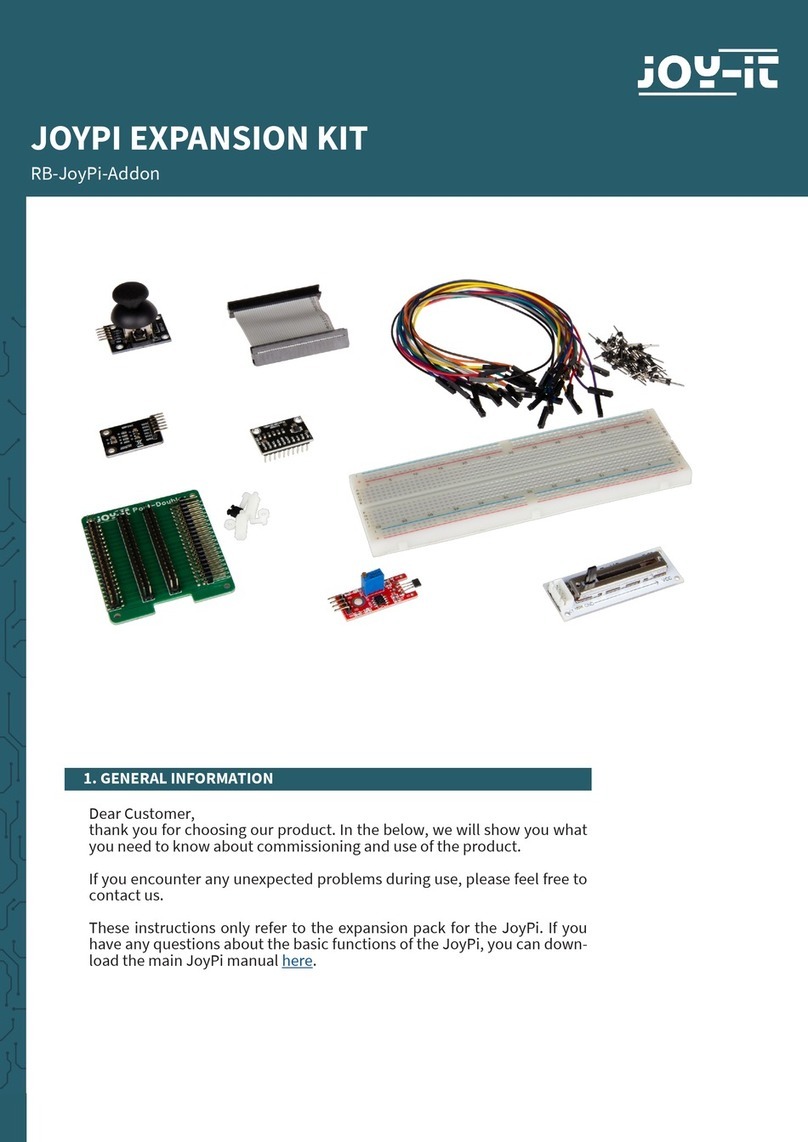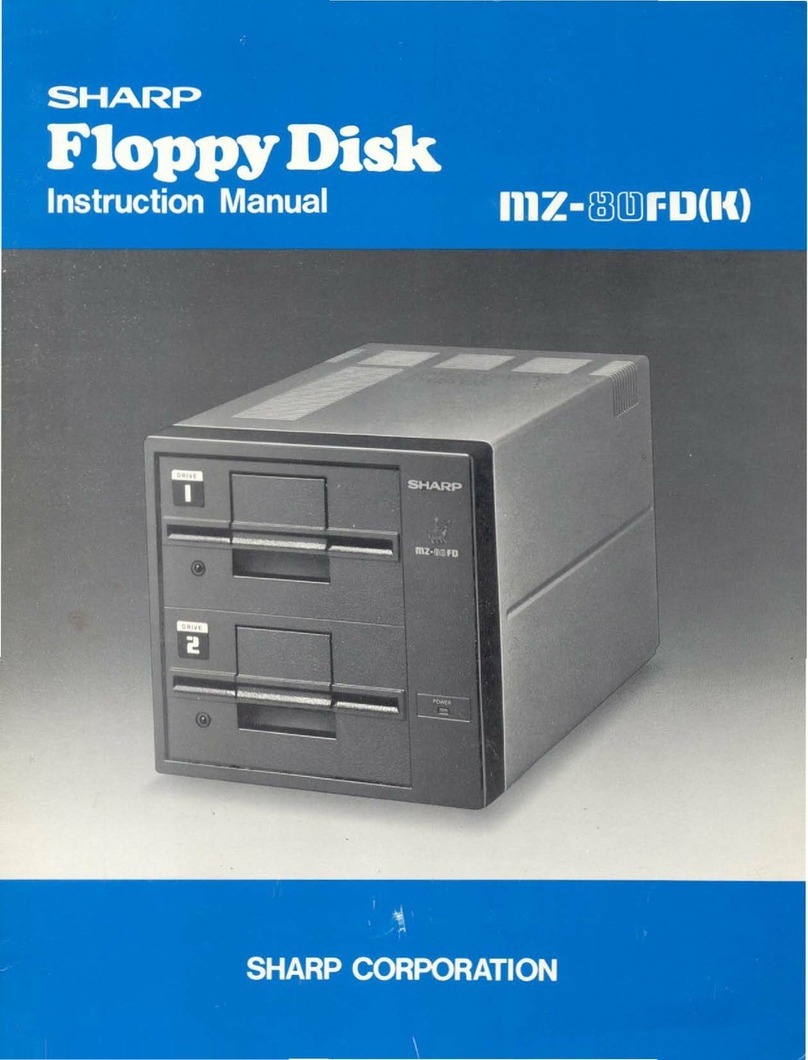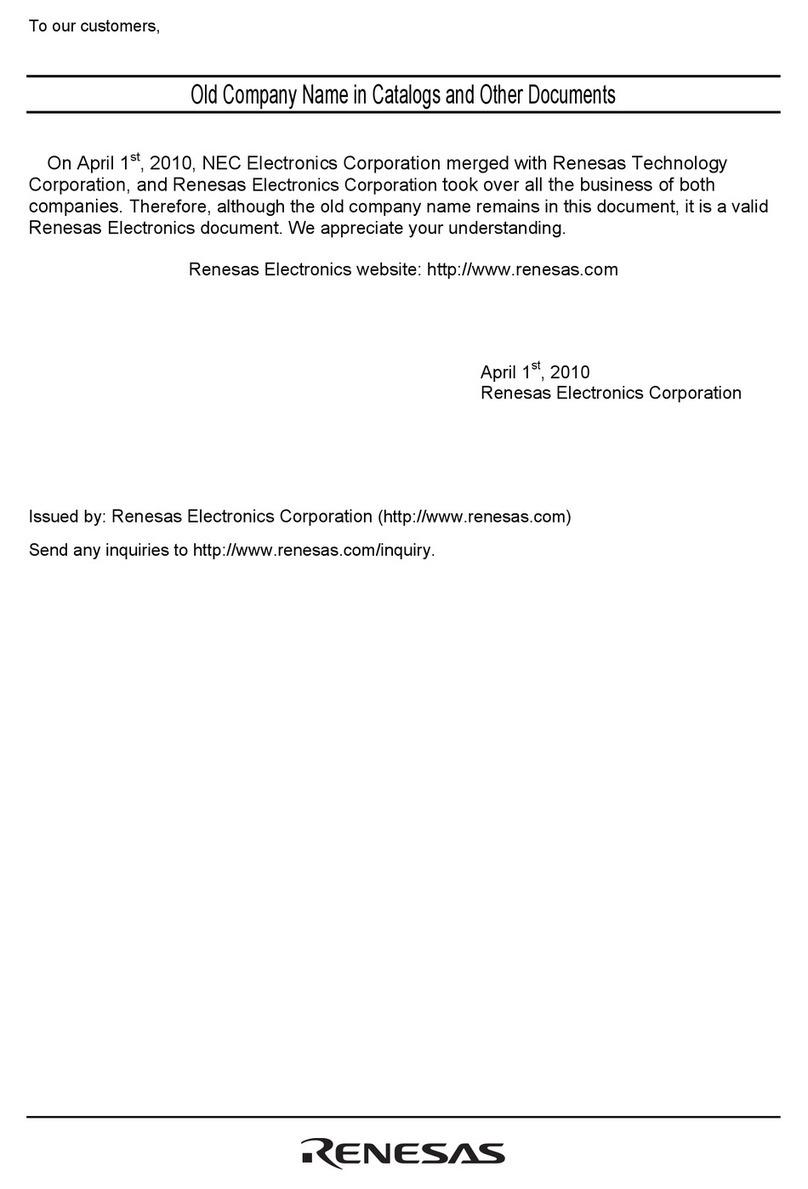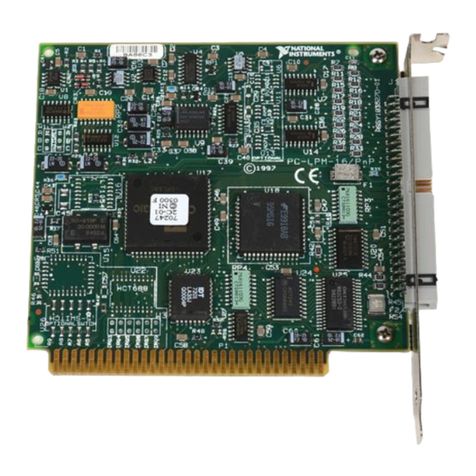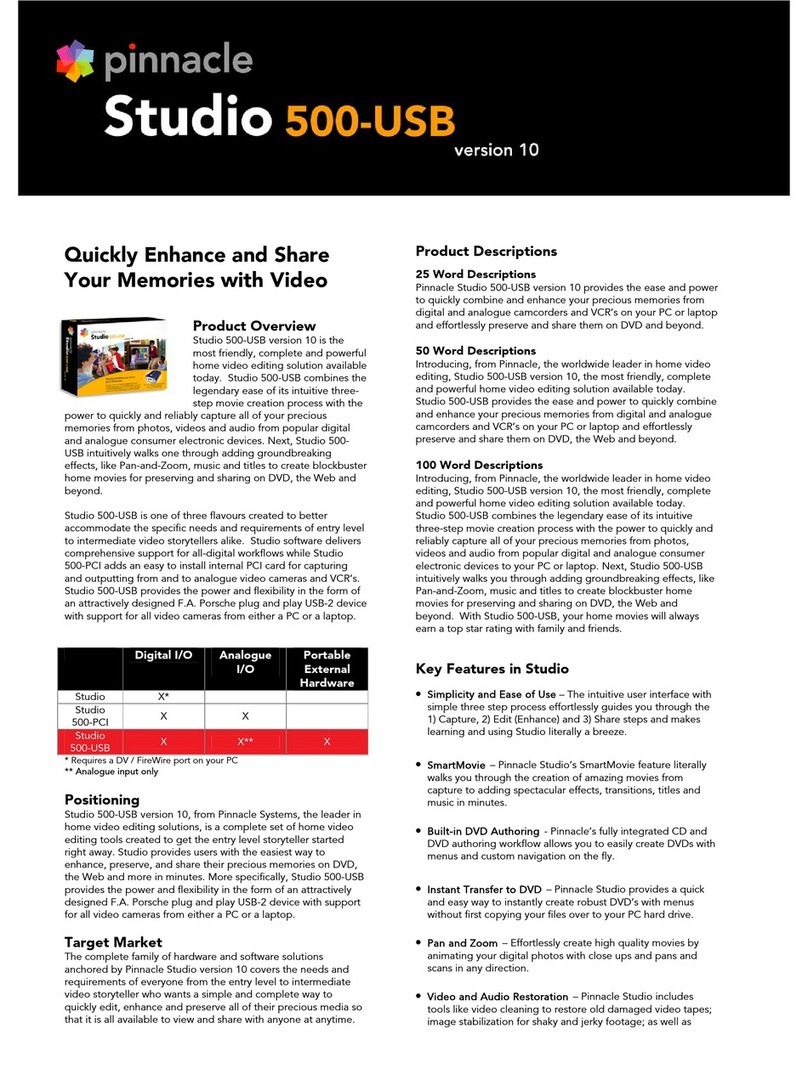Beastx Aircraft User manual

1
INSTRUCTION MANUAL
Version 3.0


BEASTX
BE ABSOLUTE STABLE
INSTRUCTION MANUAL
Version 3.0

4
CONTENTS
CONTENTS ...................................................................4
SAFETY NOTES ...............................................................6
GENERAL INFORMATION ......................................................8
1. INTRODUCTION ............................................................9
2. BOX CONTENT ............................................................10
3. MOUNTING AND CONNECTION .............................................11
3.1 Mounting the MICROBEAST unit................................................11
3.2 Preparing a transmitter for ybarless ..............................................12
3.3 Servo connections and auxiliary channels ......................................13
4. Receiver connection .......................................................14
4.1 Connection of a standard receiver ..............................................15
4.2 Use of single-line receivers .....................................................18
5. Receiver type setup .......................................................24
5.1 Receiver type choice (receiver menu point A)........................................24
5.2 Input channel assignments (receiver menu points B- H)............................26
5.3 Programming the Failsafe (receiver menu point N) .............................31
6. SETUP PROCEDURE OVERVIEW .............................................32
6.1 Setup menu ...................................................................34
6.2 Parameter menu...............................................................34
6.3 Example: Selection within the menus...........................................35
6.4 Switching to the next menu point ..............................................35
7. SETUP MENU..............................................................36
AMounting orientation of the MICROBEAST.......................................37
BSwashplate servo frequency ....................................................38
CTail servo center position pulse length ..........................................40
DTail servo frequency ............................................................41
ESetting the Tail rotor endpoint ..................................................43
FSetting the Tail sensor direction.................................................45
GAdjusting the swashplate servo centering .......................................47
HSwashplate mixer ..............................................................49

5
ISetting the swashplate servo directions ........................................50
JTeaching the cyclic pitch geometry .............................................51
KAdjusting the collective pitch range ............................................53
LAdjusting the cyclic swashplate limit ...........................................54
MSetting the swashplate sensor directions .......................................55
NSetting the pirouette optimization direction. . . . . . . . . . . . . . . . . . . . . . . . . . . . . . . . . . . . .58
8. DIALS AND TAIL GYRO GAIN ...............................................60
8.1 Swashplate: cyclic gain (Dial 1) .................................................60
8.2 Swashplate: direct cyclic feed forward (Dial 2)...................................61
8.3 Tail dynamic (Dial 3)............................................................61
8.4 Tail gyro gain (adjusted by the transmitter) .....................................62
9. PARAMETER MENU........................................................63
ASwashplate cyclic center adjustment ............................................64
BControl behavior ...............................................................65
CSwashplate – pitching up compensation ........................................67
DTail HeadingLock gain ..........................................................68
EStick deadband. . . . . . . . . . . . . . . . . . . . . . . . . . . . . . . . . . . . . . . . . . . . . . . . . . . . . . . . . . . . . . . . .70
FTail – torque precompensation (RevoMIX) .......................................71
GCyclic response.................................................................72
HPitch boost.....................................................................73
10. THE FIRST FLIGHT ........................................................74
11. VERSION DISPLAY ........................................................76
12. TROUBLE SHOOTING .....................................................77
Legal terms .................................................................81
Disclaimer ..................................................................81
Copyrights ..................................................................81
Declaration of conformity ....................................................81
MICROBEAST overview ......................................................82
Adjustment options - overview ...............................................83
My servo setup ..............................................................84

6
SAFETY NOTES
Radio controlled (R/C) helicopters are not toys! The rotor blades rotate at high speed and pose
potential risk. They may cause severe injury due to improper usage. It is necessary to observe common
safety rules for R/C models and the local law. You can gather information from your local R/C model
club or from your national modelers association.
Pay attention to your own safety and the safety of other people and property in your vicinity when
using our product. Always y in areas away from other people. Never use R/C models in close proximi-
ty to housing areas or crowds of people. R/C models may malfunction or crash due to several reasons
like piloting mistakes or radio interference, and cause severe accidents. Pilots are fully responsible for
their actions, and for damage or injuries caused by the usage of their models.
The MICROBEAST-System is not a ying aid for beginners! It replaces the conventional mechanical
ybar on most R/C helicopters. It is absolutely necessary that you have ying experience and that you
are experienced in the operation of R/C helicopters. Otherwise we suggest you to seek the support of
an experienced helicopter pilot before you undertake the rst ight of your model. Additionally, ight
training with a R/C simulator can help make ying easier and more enjoyable. Ask your local dealer if
you need technical support or if you observe problems during the usage of our system.
Please read the following instructions thoroughly before the rst use of your MICROBEAST and
setup the system carefully according to this manual. Allow sucient time for the setup procedure and
check each step carefully. Watch for a mechanically clean and proper build of your helicopter. A wrong
system setup can lead to a serious accident and damage to the model.

7
Radio controlled (R/C) models consist of several electrical components. It is therefore necessary to
protect the model from moisture and other foreign subtances. If the model is exposed to moisture this
may lead to a malfunction which may cause damage to the model or a crash. Never y in the rain or
extremely high humidity.
Do not expose the MICROBEAST-System to extreme variations in temperature. Before powering up
the system, wait some time so that the electronics can acclimatize and any accumulated condensation
is able to evaporate.
MICROBEAST consists of highly sensitive electrical components with limited capability to operate
with excessive vibrations or electrostatic discharges. If you nd such disturbances in your model, the
use of MICROBEAST should be postponed until the problems have been xed.
When operating the helicopter with a MICROBEAST ensure there is a suciently large and stable
receiver power supply. Because of the direct coupling of the rotor blades to the servos, without the use
of a ybar mixer, the servos are exposed to increased actuating forces. In addition, because of the inter-
mediary electronic gyro system, the servos are driven more often than with traditional use.
These factors can make the power consumption increase a lot compared to a ybar helicopter.
Particularly when operating electric helicopters with single-line receivers, make sure that the elec-
tric motor cannot start inadvertently during the setup procedure, if the ESC is connected directly to the
MICROBEAST. We recommend disconnecting the electric motor from the ESC during the setup proce-
dure. Prior the rst usage please slide the motor/pinion away from the main gear, then check that the
motor does not to start inadvertently when the receiver is switched on.

8
Please note that these instructions are
only valid for the MICROBEAST rmware Version 3.x.x !
The delivered software version is printed on a sticker on the outside of the MICROBEAST packaging.
You can also read it out on a computer by using the optional USB2SYS Interface and you can directly
read on the MICROBEAST unit during the initialization phase, what rmware version your MICROBEAST
is running:
The MICROBEAST rst carries out a brief LED test by lighting up all menu LEDs simultaneously, and
cycling the Status-LED color. Then for about 3 seconds, the Status-LED lights red while the menu LEDs
A- Gdisplay the rst digit of the rmware version, and the LEDs H - N the second digit of the rm-
ware version. Only the rst digit of the rmware version is of importance!
If only LED B is lighting or if the display on initialization is not as described, but ONLY a running light
of all menu LEDs A - N, then the MICROBEAST is running an older version. In this case we recommend
updating to the latest rmware version. If you like to continue to use the older rmware version, you
must also use the appropriate instructions and not this manual!
You will get more information about the version display in section 11 of this manual.
Firmware version 3.x.x
On the rst column LEDs Aand B must light corresponding to digit 3.
LEDs H- Nare irrelevant for the purposes of this instruction manual.
GENERAL INFORMATION

9
1. INTRODUCTION
Dear customer, thank you for choosing the MICROBEAST!
MICROBEAST is an easy to use three axis gyro system which makes it possible to y R/C helicopters
without a mechanical ybar. This brings a boost in power as well as longer ight times and makes it
possible to adapt the agility and ying behavior of your helicopter to your individual preference.
The MICROBEAST has a built-in high end tail gyro based on the latest MEMS Technology which gives
your helicopter‘s tail perfect stopping behavior and constant rotation rate during any manoeuvers.
The MICROBEAST can be used in nearly any size of helicopter, using either electric motors or nitro en-
gines for propulsion. It provides ight stability for beginners and maximum agility and precision for
intermediate and professional pilots.
Nevertheless, the MICROBEAST is not a ying aid for beginners! If you are inexperienced with model
helicopters, please consult an experienced pilot for help with setup and your rst ights.
The following manual will lead you step by step through the setup procedure from the correct moun-
ting of the unit up to the rst ight. Please read the following instruction manual thoroughly. You will
see that during the development of the MICROBEAST, that our focus is to user friendly and soon you
will be able to operate the system intuitively.
The included overview map of the setup menu can be taken out to the ying eld as a quick reference
to the various menu options.
Check our website WWW.BEASTX.COM where we will inform you about the latest updates and down-
loads.
Now have fun and a good time using MICROBEAST!
Sincerely, the BEASTX-Team

10
2. BOX CONTENT
Optional accessories (sold separately)
MICROBEAST Receiver wiring leads 15 cm
Gyropads
Adjustment tool
Instruction manual
Cable for stand-alone tail gyro use
USB-Interface
Receiver wiring leads 8 cm
Spektrum Adapter

11
Spektrum Adapter
3. MOUNTING AND CONNECTION
3.1 Mounting the MICROBEAST unit
Attach the MICROBEAST unit by using one of the provided gyropads at a
preferably low vibrating position on your helicopter such as the gyro platform or
receiver platform. You may also need to choose another type of mounting pad
depending on the vibration pattern of your helicopter. Ask you MICROBEAST
dealer.
The MICROBEAST unit can be attached at or upright, and even upside down
under the helicopter. However, the servo connector pins must always point
toward the front (or rear) of the helicopter.
Pay attention that the edges of the MICROBEAST unit are all parallel with the
corresponding axes of the helicopter! And be sure that the mounting platform is perpendicular to
the main shaft!
Longitudinal
axis
Connectors parallel
to the longitudinal axis
Fig. 1
Fig. 2

12
3.2 Preparing a transmitter for ybarless
(This step is unnecessary when using the MICROBEAST with the optional cable for stand-alone tail gyro use.
Please see 4.1.2)
First create a new model in your radio‘s model memory. When using the MICROBEAST you have to disable
any mixing functions for the swashplate or tail. Each function should be assigned to just one receiver chan-
nel. As you see our requirement for the transmitter is very low.
Be sure that all trims and sub trims are disabled and that all servo travel are 100% (increasing or decreasing
the servo travel for aileron, elevator and rudder can later adjust the maximum control rates, see chapter 9-B).
Never enable your radio‘s eCCPM mixing function: this will be done by the MICROBEAST. Always set your
radio‘s swash mixer to mCCPM (mechanical mixing) which is often called“H1”or“1 servo”mixing.
Do not adjust the pitch curve at the moment. For the setup procedures, it has to be set as a straight line from
-100% to +100% (or 0 to 100% depending on radio brand).
Again make sure that there are no mixing functions active (for example revo-mixing).
Other functions such as throttle curves, ESC switches or auxiliary functions can be adjusted as usual.

13
3.3 Servo connections and auxiliary channels
In slot CH1 is the elevator servo. With electronic swashplate mixing the two roll servos have to be con-
nected to CH2 and CH3, with a mechanical mixed head (H1) the roll servo connects to CH2 and pitch
servo to CH3. The tail servo is always connected on CH4.
Don’t plug the servos into the MICROBEAST yet! The correct servo type and appropriate driving
frequency has not yet been selected in the Setup menu. We recommend not installing the servo
horns yet as the servos could bind and get damaged on rst power up.
When you route the wire leads in your model make sure that there is no tension passed to the
MICROBEAST. Make sure that the MICROBEAST is able to move freely, so no vibrations get
passed onto the unit.
It is not recommended to bundle or tie down the leads close to the MICROBEAST.
On the other hand the wires must be attached so that they are unable to move the MICROBEAST
during the flight. In particular, do not use any shrink tubing or fabric hose to bundle or encase
the wiring in close proximity to the point at which the cables are plugged into the Microbeast.
This makes the cable stiff and inflexible and can cause even the slightest vibrations are trans-
mitted to Microbeast.
At this point we would like to point out that the correct dimensioning of receiver power supply is very
important (BEC and battery current rating, number of supply cables, cable diameter, cable length ...).
For ybarless helicopters, the load on the servos and the resulting power consumption is signicant-
ly higher than for helicopters with a ybar! Also the servos are constantly in motion when used with
an electrical control system.
Fig. 3
CH1
CH
120°
CH1
CH2CH3
140°
CH1
CH2CH3
Flight direction
90°
CH1
CH H3
2C
2C
H3CH
mechanical mixing electronic mixing

14
4. RECEIvER CONNECTION
In relation to the control of MICROBEAST you have the opportunity to use dierent types of receivers.
It is distinguished between conventional standard receivers and socalled single-line receivers:
A standard receiver is a receiver that is connected to the MICROBEAST by using any single servo output of
the receiver to connect the ve control channels between MICROBEAST and receiver. The channel which
determines the controlled function simply is selected by inserting each plug to the correct output at the
receiver. In section 4.1.1 it is shown how to exactly connect the receiver to the MICROBEAST when using the
MICROBEAST as ybarless system. In addition the use of MICROBEAST is possible as a stand-alone tail gyro.
See section 4.1.2 to learn how to connect receiver and MICROBEAST in this case.
When using a single-line receiver all channels are transmitted by one single connection line to the
MICROBEAST. Because of this, it is not possible here by inserting the appropriate plugs in the receiver to
assign functions to the MICROBEAST. This must be done by a specic setting in the MICROBEAST (described
in chapter 5).
Also single-line receivers similar to standard receivers with additional single channel connectors are
available. Therefore you only have to treat such receivers as single-line receivers in combination with
MICROBEAST if you really use this function.
How dierent types of single-line receivers are connected to the MICROBEAST is described in section 4.2.
Use as a stand-alone tail rotor gyro in single-line mode is possible under certain circumstances,
but not intended and therefore is not described further in the following.

15
4.1 Connection of a standard receiver
4.1.1 Flybarless usage
Now plug the receiver cables for aileron, elevator, pitch, rudder and tail gain between the MICROBEAST
and the receiver. To nd out the channel assignments of your remote control receiver, please refer to
the user manual of your transmitter or contact its manufacturer.
To connect elevator and aileron, use the plain 3-wire cables that transmit the control signal in
addition to the power supply from the receiver to the MICROBEAST.
Pitch (red), tail (orange) and gain (brown) have only one lead for the control signal on the receiver side, and
are connected to the MICROBEAST on the combined connector. Please ensure these plugs are connected
correctly to the receiver. Although the cable color is dierent, all three wires are signal lines, which go to the
usual orange, yellow or white side! + and - remain open on theses channels.
Please respect the polarities for the plugs going to the MICROBEAST. The orange line on the MICROBEAST
must always be on the top and the brown on the bottom. Also be sure when inserting the connectors
not to accidentally plug them into the space next to the pins or vertically oset by one pin.
Other wires such as throttle servo, ESC or power supplies are connected as usual to the remote control
receiver.
Elevator
Aileron
Elevator servo
Aileron servo 1
Aileron servo 2 / Pitch
Tail servo
Rudder (orange)
Pitch (red)
Tail Gain
(brown)
receiver outputs
Fig. 4
Top

16
The illustrations are only examples. Of course, the MICROBEAST also works with other receivers and
remote control systems.
Remember that it is not the receiver that is crucial for the channel order but that this depends primarily
on the allocation of control functions in the transmitter. If you do not know in which order the channels
of your transmitter / receiver have to be connected, refer to the instructions that came with your
transmitter and receiver, see the servo monitor of the transmitter (if available) or contact the
manufacturer of your remote control system.
Abb. 5
7
6
5
4
3
2
1
FUTABA
RECEIVER
AUX2
AUX1
GEAR
RUDD
ELEV
AILE
THRO
JR / Spektrum
RECEIVER
red
brown
orange
red
brown
orange

17
4.1.2 Usage as stand-alone tail gyro
The MICROBEAST can also be used as high-end stand-alone tail gyro. This requires the use of a special patch
cable which can be purchased separately. This ensures that the MICROBEAST is provided with power and
that the signals for rudder and tail gain are available from the receiver.
The signal lead with the orange and yellow wires must be connected to the slot [ Aux | Pit | Rud ]. The orange wire
must be closest to the topside of the MICROBEAST.
The power lead must be plugged into the slot [ ELE | DI1 ]. The brown wire (negative or ground) is on the
bottom, the red wire (positive or power) should be in the middle position. Connect the tail servo to [ CH4 ].
If using the MICROBEAST as stand-alone tail gyro only the menu points A, C, D, Eand Fneed be
adjusted in setup menu. All other menu points can be skipped.
To avoid damage to the tail servo, rst setup menu points Cand Dwhich are tail servo pulse and frequency,
prior to connecting the servo.
Tail servo
Rudder
Tail gyro gain
Receiver ouputs
Fig. 6
Top

18
4.2 Use of single-line receivers
The MICROBEAST enables the use of conventional receivers with individual channel outputs or the use of
special receivers which output the channel signals as a merged single-line signal. These include Spektrum®
satellite receivers, PPM composite signal receiver (e.g. Futaba® SP Series receiver or the satellite receiver from
Jeti ®), receivers with Futaba® S-BUS as well as receivers with SRXL compatible data output (e.g. SRXL-
Multiplex or BEASTRX).
4.2.1 General notes
When operating with single-line receivers (Spektrum® satellite receiver, PPM composite signal receiver
- e.g. Futaba® SP-series or the satellite receiver from Jeti®, receivers using Futaba® S-BUS, SRXL
compatible receivers), the throttle servo/motor controller can be connected to [CH5] on the
MICROBEAST. When using a motor controller for electric models with a BEC this slot then also will be
supplying the MICROBEAST, the servos and the receiver with power.
We recommend if possible (e.g. on all receivers that have normal servo connectors together with single
line output) to connect the throttle servo/motor controller directly to the receiver to benet from the
native Failsafe/Hold functions. Although the MICROBEAST also has adjustable Failsafe for [CH5] this will
only be activated when the connection between MICROBEAST unit and receiver fails but not for
example in case of signal loss between transmitter and receiver.
On slot [DI2 | CH7 | CH6] another auxiliary channel is available on the top pin [CH6], for example to
hook up a governor for nitro engines. Please note that this slot is only issuing a control signal and has
no power. For this reason a servo cannot be plugged here directly. The two lower pins [DI2] and [CH7]
are reserved for other applications. Never connect a power source on those two pins: this could
damage the MICROBEAST!
In the case of an electric model if the ESC has a second BEC output or when using a buering battery
this wire can be connected to the [SYS] terminal or (if possible) plugged directly into the receiver.
On models with a separate power supply this can only be connected to the MICROBEAST on slot [SYS].
Therefore please ensure adequate sizing of the supply lines, especially with large models. A second
power connection can be derived to the receiver or, by using a Y cable, you can inject a parallel power
supply to one of the servo outputs. When using very powerful servos you might even consider using a
separate voltage regulating unit that the servos can be connected to.

19
4.2.2 Spektrum® Satellite receiver
To connect a Spektrum® satellite (remote) receiver on the MICROBEAST a special optional adapter is
required. This adapter is connected to the [DI1] input of the MICROBEAST. Please observe correct
polarity, the orange signal line must be next to the cover. The cable for the Spektrum® satellite receiver
is then plugged into this adapter.
Fig. 7
Top
CH5 throttle servo/ESC and power supply
Elevator servo
Aileron servo
Aileron / pitch servo
Tail servo
Power supply
CH6 additional channel
Optional
adapter
SPEKTRUM®
Satellite receiver
The use of MICROBEAST with a single Spektrum® satellite receiver is allowed only on micro or
mini helicopters (450 size helicopters) because of the limited range due to the lack of antenna
diversity!

20
Binding procedure
In the case of using a Spektrum® satellite receiver it is very important to bind the receiver first
before programming the MICROBEAST. This step is essential to perform, even if the satellite was
already in use elsewhere (e. g. in connection with a “standard” Spektrum® receiver) and was already
bound to the transmitter earlier.
To bind a satellite receiver, it must be connected via the adapter to the MICROBEAST.
Simultaneously with the binding process, the type of satellite receiver has to be set, i.e.
whether it is a DSMX or DSM2 satellite (The actual selected signal protocol in the transmitter
is not relevant!). It is very important to choose the correct type of satellite receiver here,
since an improper setting may seem to work but can lead to radio interference or total loss
of the link in the subsequent operation!
Insert a Spektrum® “Bind Plug” in the [SYS] slot on MICROBEAST.
In cases where power is supplied exclusively by the [SYS] Connection, to bind a Spektrum® satellite re-
ceiver, the power supply must be provided temporarily through any of the servo port (CH1 - CH5).
To select a DSM2 satellite and to enter bind mode, simply switch on the power supply now. The
LED on the receiver and LED Non the MICROBEAST will start to ash. You can bind the transmitter
as usual (for more information refer to the instructions of your radio control system).
To select and bind a DSMX satellite, hold down the button on the MICROBEAST while switching
on the power supply. Now the receiver‘s LED and LED H(!) on the MICROBEAST will ash and you
can release the button and bind the receiver with your transmitter.
After successful binding procedure the receiver‘s LED will stay solid. LED Hrespectively Nash
alternately to all other LEDs. Now switch o the power supply and remove the bind plug. Now
continue with receiver type setup (see next chapter).
Note: It makes no difference if you pull off the “Bind Plug” during the binding process or leave it
connected as you would expect from some “standard” Spektrum® receivers.
Watch out that the motor can not start accidentally when using the BEC of your speed controller
to power the unit!
This manual suits for next models
1
Table of contents
Popular Computer Hardware manuals by other brands

ASRock Industrial
ASRock Industrial NUC-1360P/D4 user manual
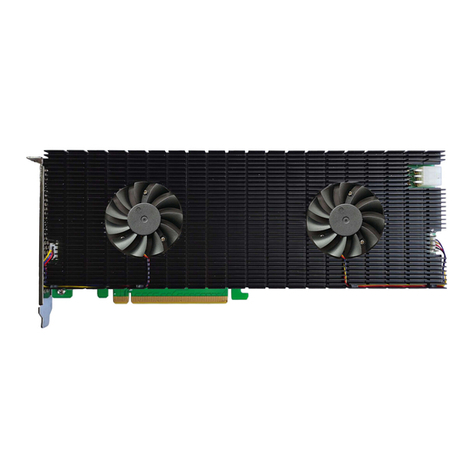
HighPoint
HighPoint SSD7540 installation guide
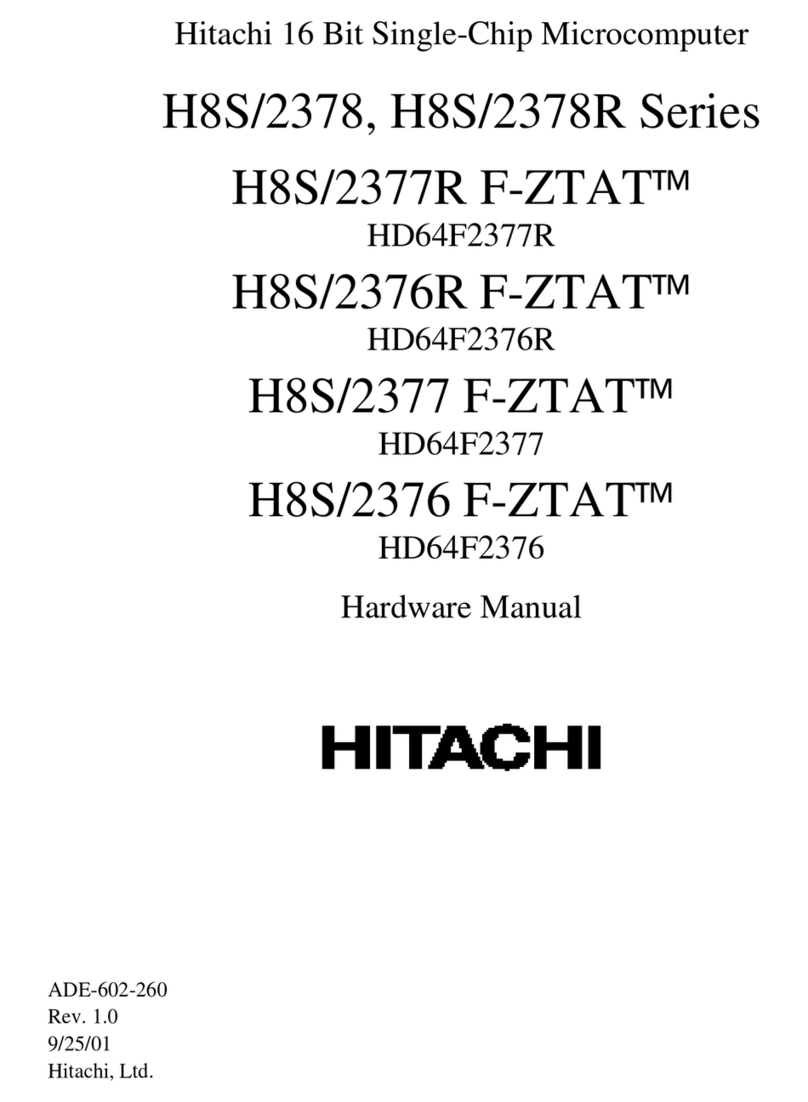
Hitachi
Hitachi H8S/2378, H8S/2378R Series Hardware manual
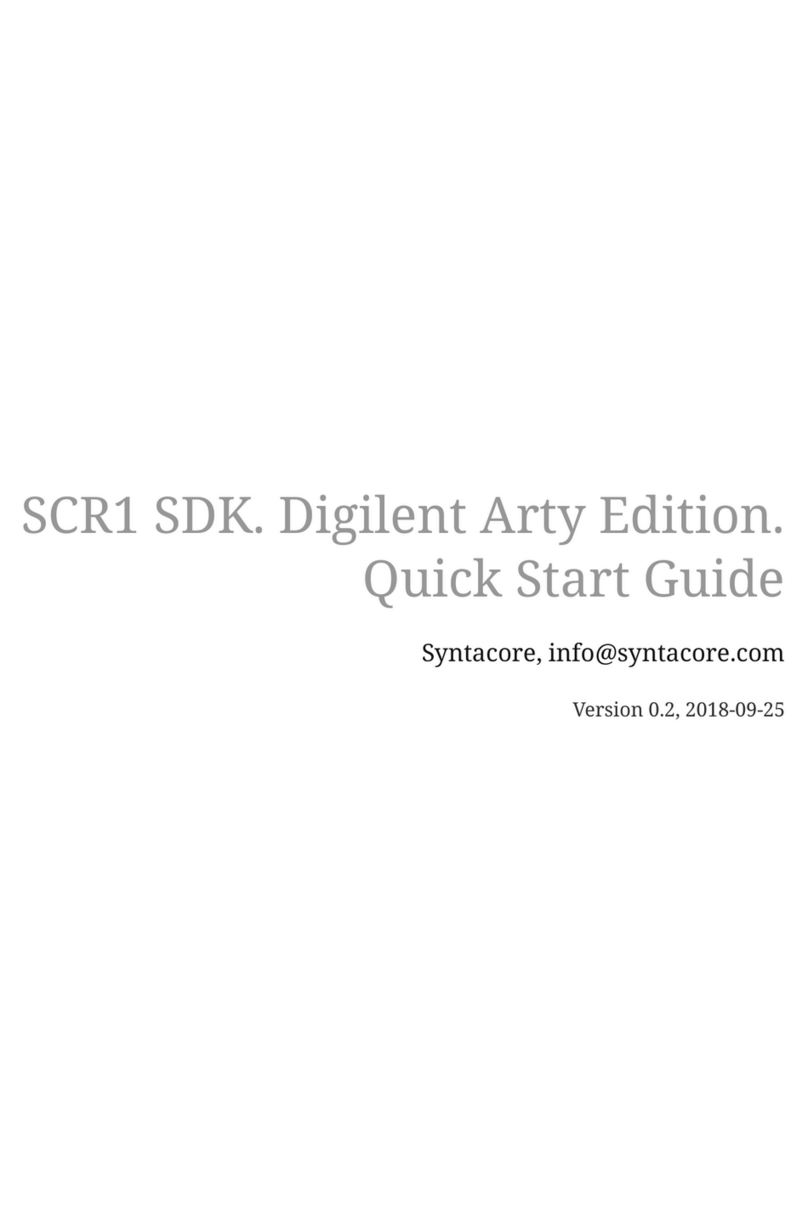
Syntacore
Syntacore SCR1 SDK quick start guide
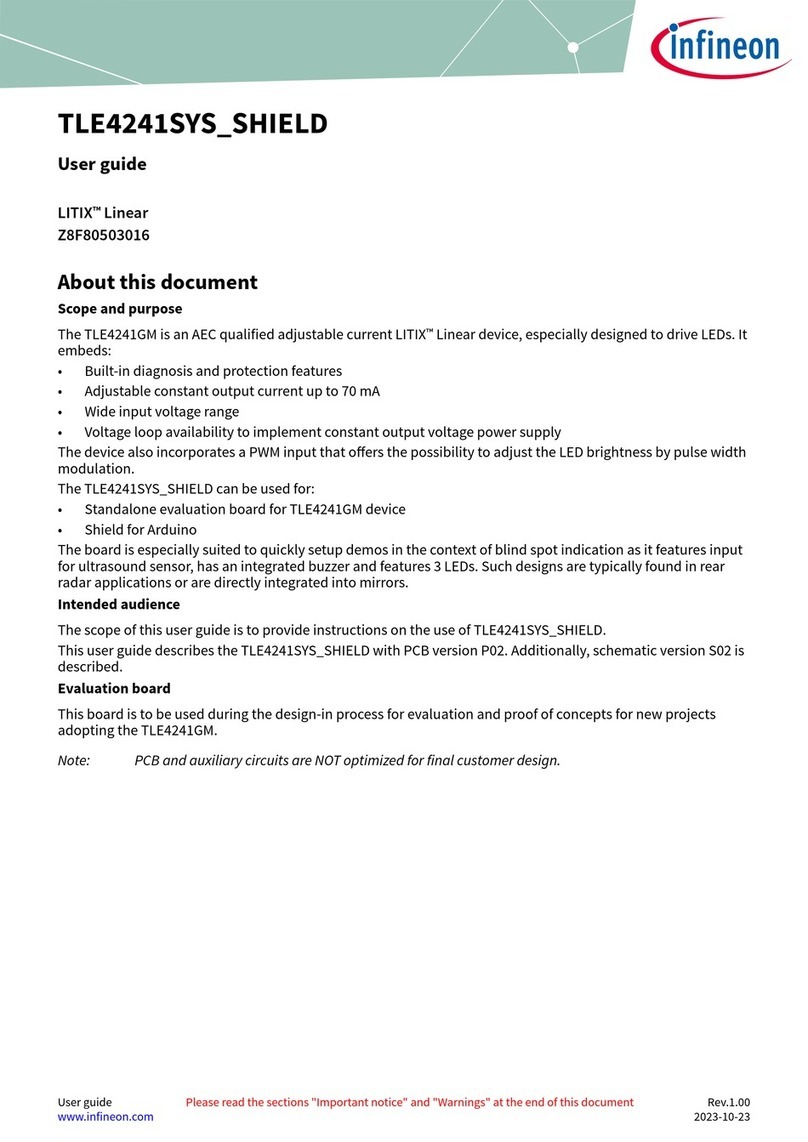
Infineon
Infineon TLE4241SYS SHIELD user guide
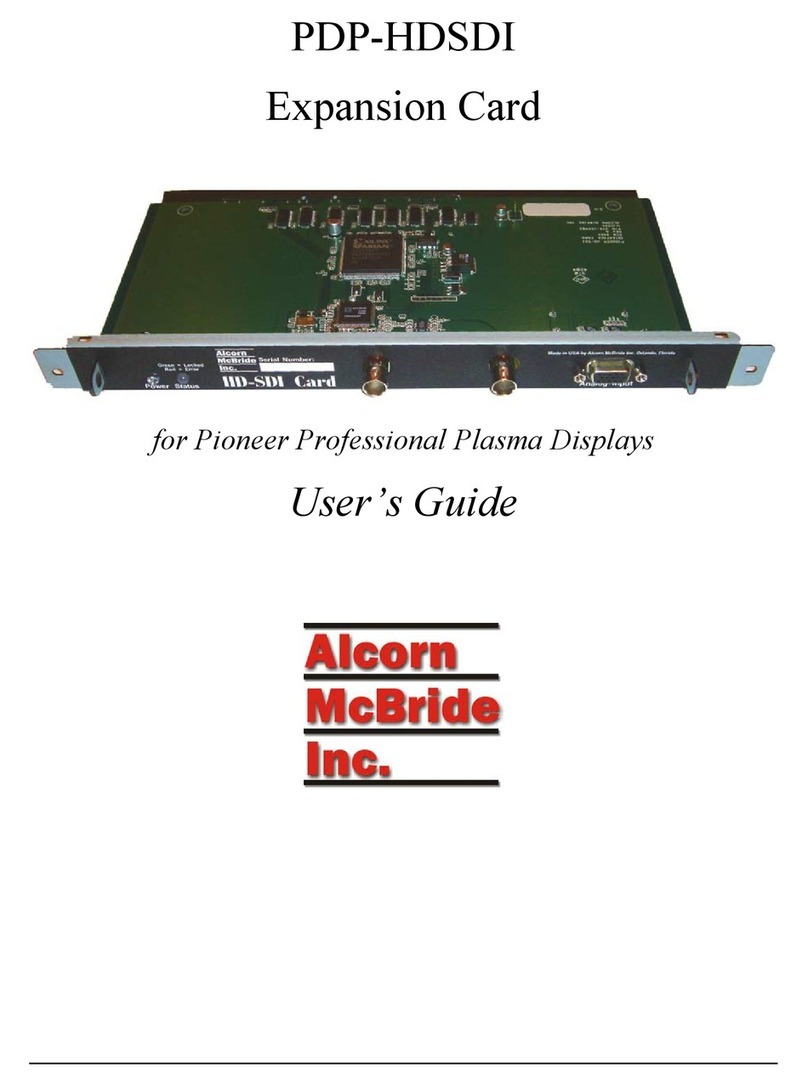
Alcorn Mcbride
Alcorn Mcbride PDP-HDSDI user guide
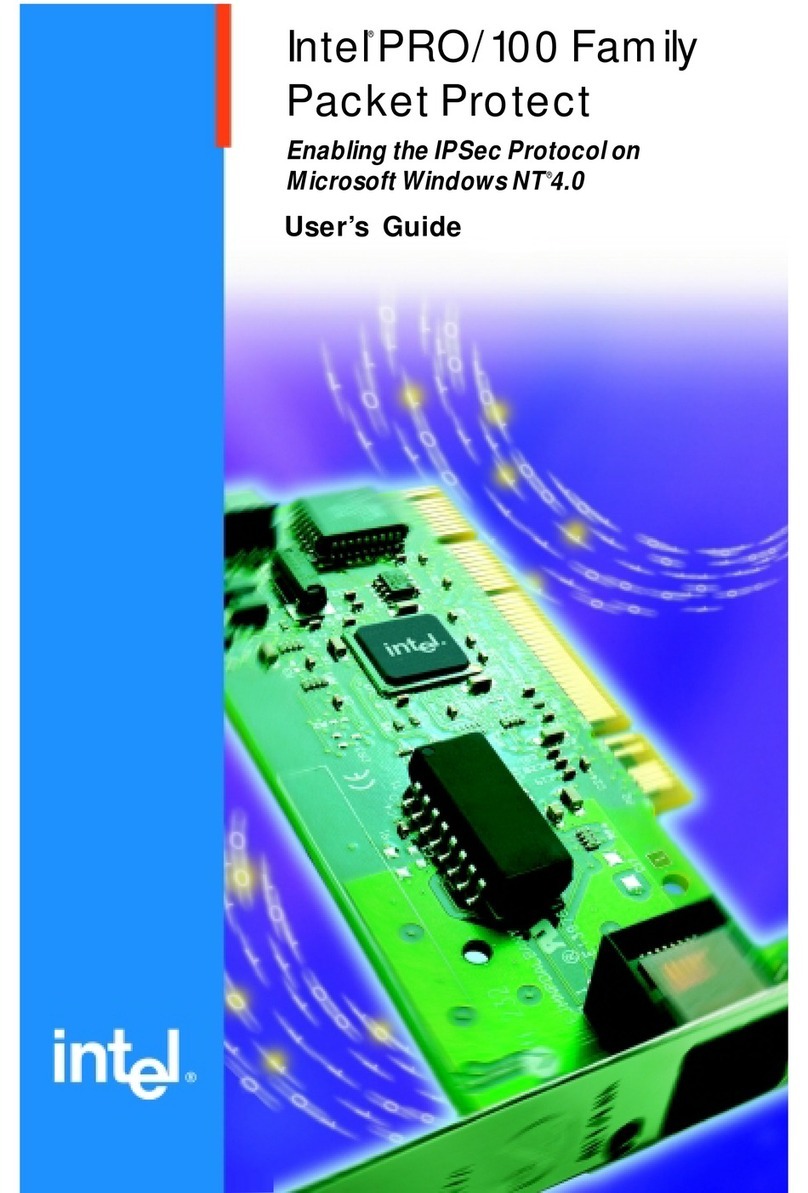
Intel
Intel ETHEREXPRESS PRO/100 user guide

Velleman
Velleman Whadda WPSH455 manual

Thermaltake
Thermaltake Pacific R360 D5 Hard Tube Water Cooling Kit quick start guide
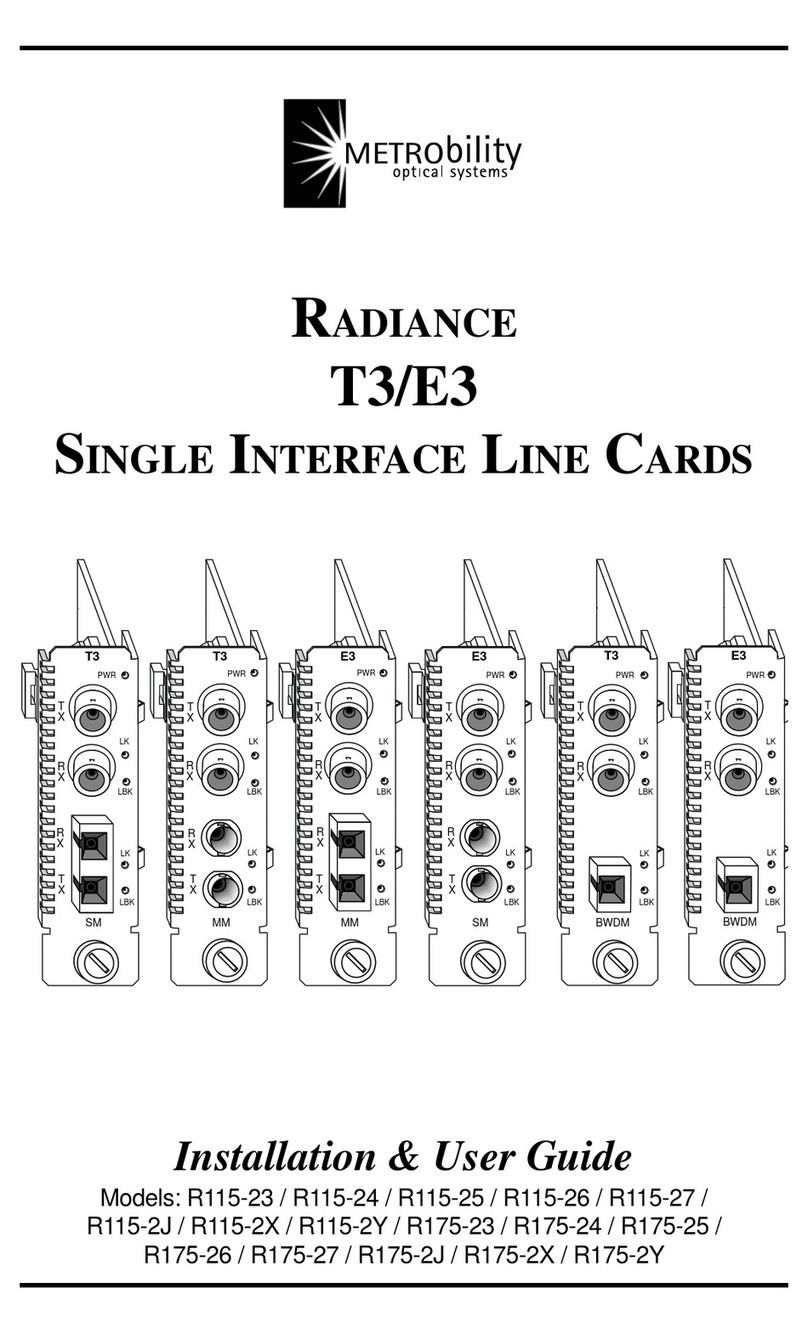
METRObility Optical Systems
METRObility Optical Systems R115-23 Installation & user guide
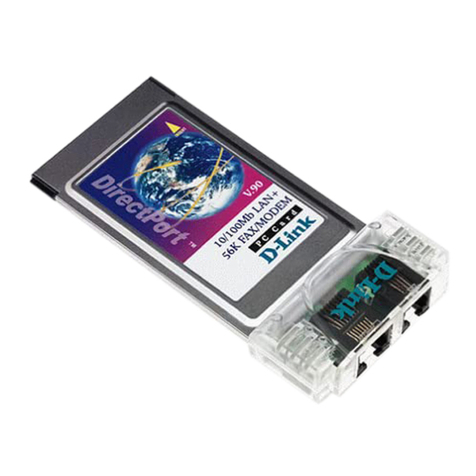
D-Link
D-Link DirectPort DMF-560TXD user manual

Supermicro
Supermicro BPN-NVMe3-216N-S4 user guide
